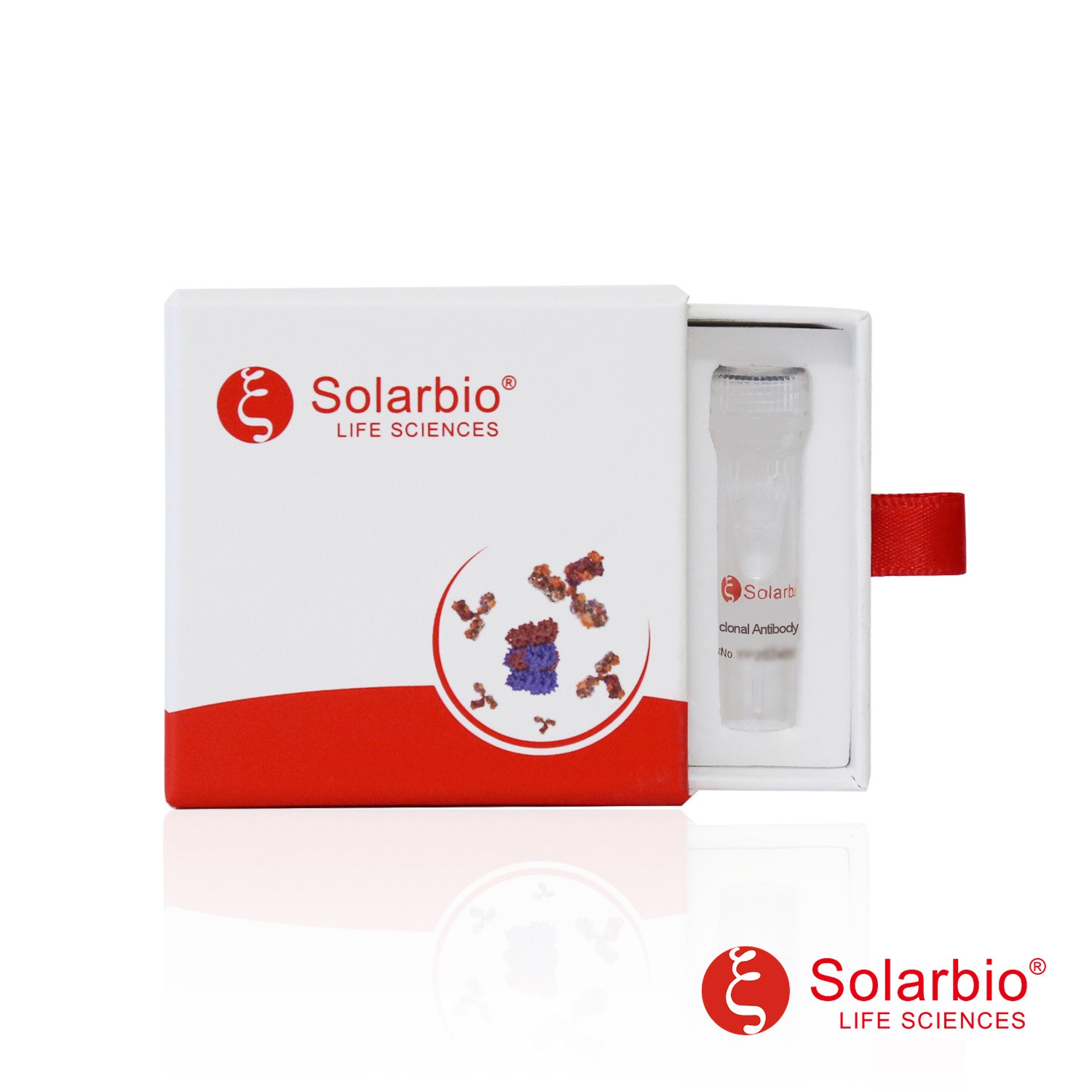| Synonyms |
hPARP3, IRT1, NAD(+) ADP ribosyltransferase 3, pADPRT 3, Poly[ADP ribose] synthetase 3, ADP ribosyltransferase (NAD+, poly (ADP ribose), ADPRT-3, ADPRT3, ADPRTL2, ADPRTL3, hPARP 3, hPARP-3, IRT 1, IRT1, NAD(+) ADP-ribosyltransferase 3, NAD+ ADP ribosyltransferase 3, pADPRT-3, pADPRT3, PARP 3, PARP-3, PARP3, Poly (ADP ribose) polymerase family, member 3, Poly (ADP ribose) synthetase 3, Poly [ADP-ribose] polymerase 3, Poly[ADP-ribose] synthase 3 |
| Background |
Mono-ADP-ribosyltransferase that mediates mono-ADP-ribosylation of target proteins and plays a key role in the response to DNA damage. Mediates mono-ADP-ribosylation of glutamate, aspartate or lysine residues on target proteins. In contrast to PARP1 and PARP2, it is not able to mediate poly-ADP-ribosylation. Associates with a number of DNA repair factors and is involved in the response to exogenous and endogenous DNA strand breaks. Together with APLF, promotes the retention of the LIG4-XRCC4 complex on chromatin and accelerate DNA ligation during non-homologous end-joining (NHEJ). Cooperates with the XRRC6-XRCC5 (Ku70-Ku80) heterodimer to limit end-resection thereby promoting accurate NHEJ. Involved in DNA repair by mediating mono-ADP-ribosylation of a limited number of acceptor proteins involved in chromatin architecture and in DNA metabolism, such as XRRC5 and XRCC6. ADP-ribosylation follows DNA damage and appears as an obligatory step in a detection/signaling pathway leading to the reparation of DNA strand breaks. May link the DNA damage surveillance network to the mitotic fidelity checkpoint. In addition to proteins, also able to ADP-ribosylate DNA: mediates DNA mono-ADP-ribosylation of DNA strand break termini via covalent addition of a single ADP-ribose moiety to a 5'- or 3'-terminal phosphate residues in DNA containing multiple strand breaks. Acts as a negative regulator of immunoglobulin class switch recombination, probably by controlling the level of AICDA /AID on the chromatin. |


 English
English
 中文
中文

 Manual Download
Manual Download


